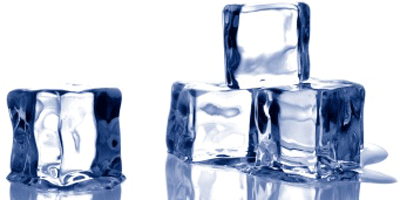Deconstructing the Quark Gluon Plasma
Understanding steam would be really difficult if one only had access to cubes of ice, yet this is exactly the challenge confronting researchers studying the quark-gluon plasma (QGP), a liquidlike state of matter obtained from colliding atomic nuclei at relativistic energies. The constituents of the plasma are quarks and gluons that are momentarily liberated from the colliding nucleons, but the strong nuclear force freezes these particles so rapidly into protons, neutrons, and other stable hadrons that it is difficult to measure them directly. To understand the microscopic constituents of the plasma (quarks and gluons), experimentalists need to know how to interpret what they can actually measure (the relic hadrons).
In a paper appearing in Physical Review Letters, Scott Pratt at Michigan State University, East Lansing, proposes a precise relationship between the charge correlations of the quarks and gluons and statistical correlations between the spatial distributions of the measured hadrons. The author used various known results from numerical simulations based on lattice quantum-chromodynamics to bolster his proposal, which can, in principle, be tested against data from experiments at the Large Hadron Collider and the Relativistic Heavy Ion Collider. In particular, Pratt has carefully accounted for the effect of charge correlations on the hadronic distribution, which required separating the contributions of numerous other effects. – Abhishek Agarwal





